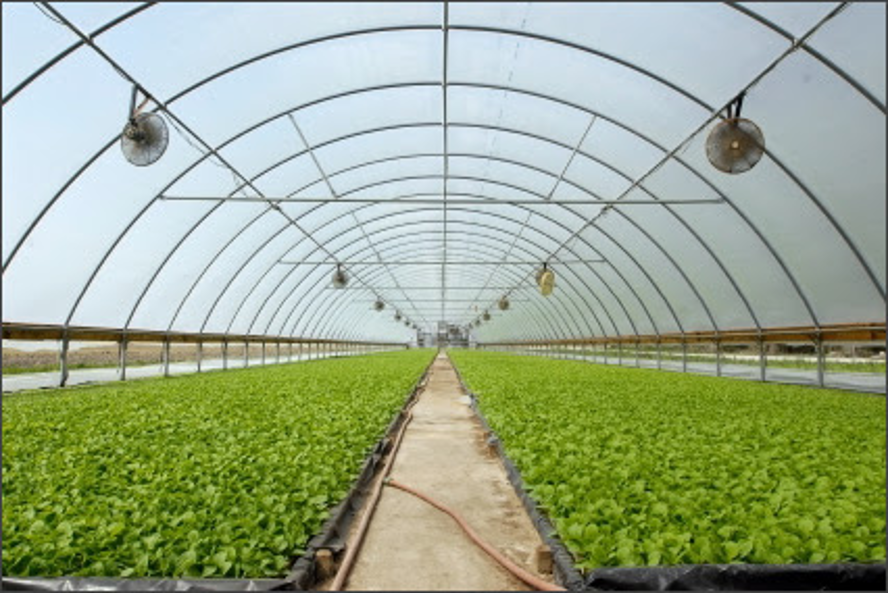Tobacco Early Season Recommendations
go.ncsu.edu/readext?984214
en Español / em Português
El inglés es el idioma de control de esta página. En la medida en que haya algún conflicto entre la traducción al inglés y la traducción, el inglés prevalece.
Al hacer clic en el enlace de traducción se activa un servicio de traducción gratuito para convertir la página al español. Al igual que con cualquier traducción por Internet, la conversión no es sensible al contexto y puede que no traduzca el texto en su significado original. NC State Extension no garantiza la exactitud del texto traducido. Por favor, tenga en cuenta que algunas aplicaciones y/o servicios pueden no funcionar como se espera cuando se traducen.
Português
Inglês é o idioma de controle desta página. Na medida que haja algum conflito entre o texto original em Inglês e a tradução, o Inglês prevalece.
Ao clicar no link de tradução, um serviço gratuito de tradução será ativado para converter a página para o Português. Como em qualquer tradução pela internet, a conversão não é sensivel ao contexto e pode não ocorrer a tradução para o significado orginal. O serviço de Extensão da Carolina do Norte (NC State Extension) não garante a exatidão do texto traduzido. Por favor, observe que algumas funções ou serviços podem não funcionar como esperado após a tradução.
English
English is the controlling language of this page. To the extent there is any conflict between the English text and the translation, English controls.
Clicking on the translation link activates a free translation service to convert the page to Spanish. As with any Internet translation, the conversion is not context-sensitive and may not translate the text to its original meaning. NC State Extension does not guarantee the accuracy of the translated text. Please note that some applications and/or services may not function as expected when translated.
Collapse ▲Farmers here in Sampson County are now faced with big decisions that will affect the upcoming growing season. Many are hedging their bets by obtaining several varieties and planning to plant at different times to ensure that at least a portion of their crop makes a profit. They are also pondering what this growing season will hold and what the weather will throw at them.
For tobacco growers, last year, the greenhouse season started out great with unseasonably warm and sunny weather for the better part of February and early March, then it got cold and cloudy and damp. These factors combined delayed transplanting, leading to plants sitting in the greenhouse for too long. Tobacco seedlings only need to be in the greenhouse for 50-60 days before transplanting but sometimes the weather has other plans.
This year, like every year, brings new challenges. No one knows what exactly is going to happen. I wanted to give a few early season reminders and recommendations to our tobacco growers at the beginning of the season. Variety selection is essential. The varieties you select are the biggest factors in total yield, quality, and disease resistance. I highly suggest looking over the tobacco OVT data when making your choice of what to plant. This data has information on yield, quality, and disease resistance traits. OVT data is gathered from across the state so I would suggest looking closely at the test location closest to your farm to find the most relevant information.
A good tobacco crop starts in the greenhouse. I am going to reiterate some of the points that Dr. Matthew Vann, NC State Tobacco Extension Specialist, made in our most recent tobacco production meetings relating to greenhouse production. Seed no more than 50-60 days before expected transplanting. This is the best practice to ensure seedling survivability after transplanting but is not always an option as last year proved. Take water samples to see what alkalinity you are dealing with. In relation to this, unless there is a major alkalinity problem, only apply battery acid to your greenhouse water once, or twice at the most to prevent stunting plants. Lastly, apply fertilizer to float beds 7-10 days after seeding and then around 4 weeks after seeding. The fertilizer charge in the soil media is not sufficient to sustain the seedling all the way to the 4-week mark.
Dr. Vann also shared some ways to reduce black shank pressure. First would be to select a resistant variety as I mentioned earlier. This is by far the best way to suppress black shank and should be considered when selecting a variety. Next, would be the use of fungicides in the transplant water. The use of Orondis or Ridomil is common to most tobacco growers so there is not much new here. Lastly, fumigate to control nematodes in the soil. Removing nematodes leads to fewer injured plant roots and fewer places for the Phytophthora nicotianae pathogen to infect.
Keeping these tips in mind as we go into the tobacco growing season should help to get us off to a good start. Remember that samples are a good way to start, water samples can give a good baseline for what treatments are needed if any. If the weather cooperates, this year has the potential to be a good year.




